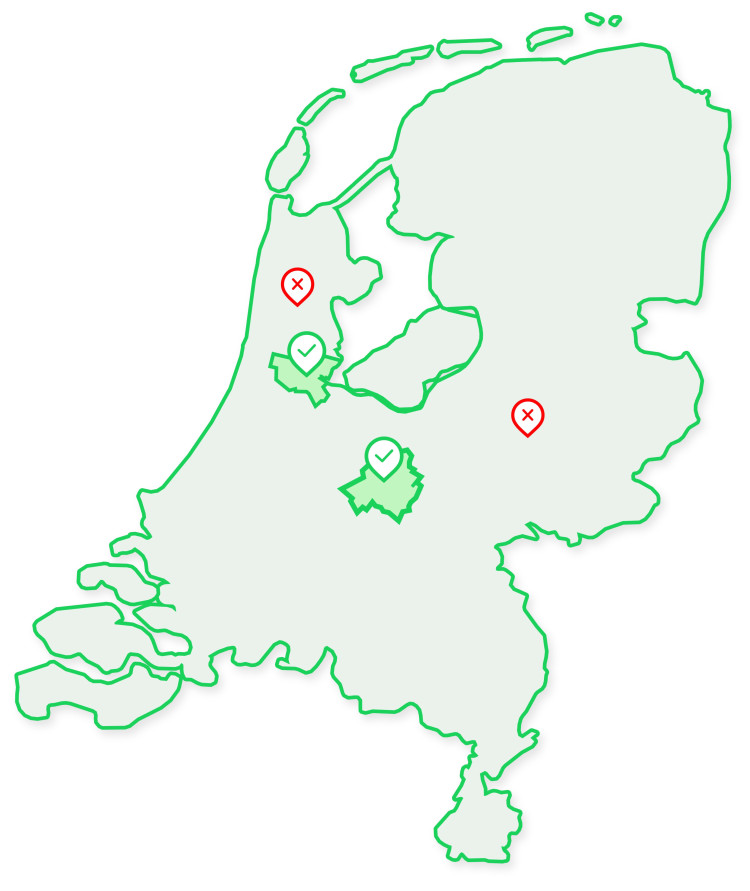6. Angry customers call with questions about their order
While you're trying to keep everything on track, the phone rings again. This time it is a customer who is angry because his order has not yet arrived. ‘Where is it?’ reads the question. Increasingly, you get this question, but because you don't have a (live) location of your drivers, you can't answer it so 123. You will first have to contact your driver or give an estimate. Whatever you do, the question creates extra pressure and frustration.
7. Poor organisation of freight costs time
You have the routes well thought out, but the freight is not organised in the right way. This means drivers lose valuable time during loading and unloading. Which in turn affects delivery times. And so the pressure keeps mounting.
8. Delivery drivers arrive late due to inefficient route planning
Variables such as loading and unloading times are not taken into account by your current route planner, which means deliverers are more likely to arrive late. As a result, delays accumulate throughout the day, creating a domino effect that affects all deliveries.
9. Lost time and fuel due to inefficient routes
Nothing is more frustrating than a route planner that sends your drivers through inefficient or even bizarre routes. This not only leads to lost time, but also wasted fuel, costing the company money. How much more efficient would it be if you could optimise these routes?
10. Too many tasks and not enough time
With all these challenges, you are sometimes at a loss for words. The number of tasks combined with a shortage of time creates constant pressure and stress for planners. Deadlines get harder and harder to meet and you wonder how long you can keep this up. Maybe you even doubt whether you still like the job enough.
Based on these 10 challenges, we can conclude that the work of a logistics planner is challenging. In addition, the list of stress factors is long. But by embracing automation and smart software solutions, many of these problems can be reduced or even prevented. Reducing stress starts with optimising your work processes



